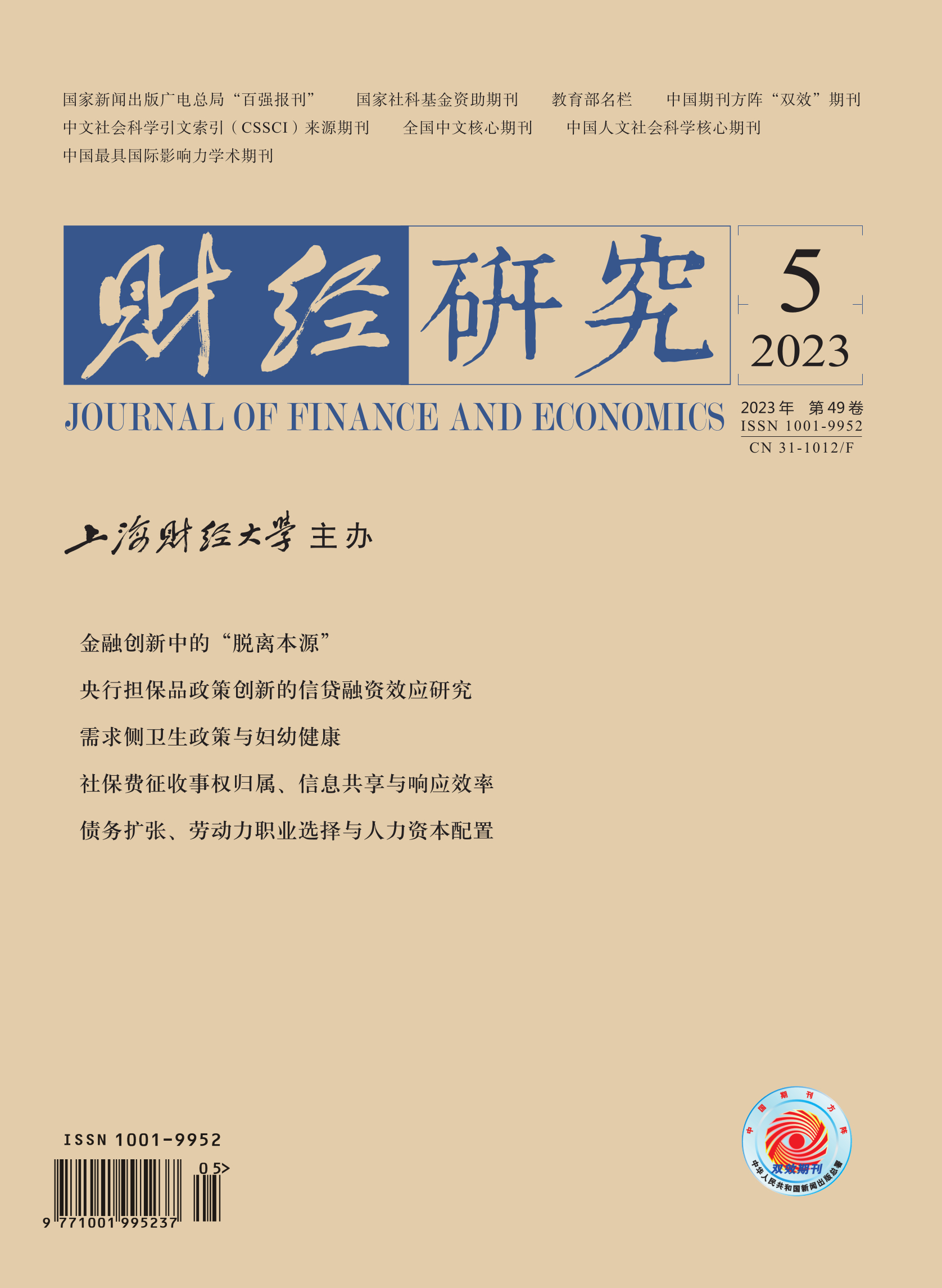In June 2018, the People’s Bank of China expanded its collateral framework by including credit assets of small and micro firms as eligible collateral. However, existing literature has explored the role of this policy in reducing corporate financing costs from the perspective of empirical analysis, while little studies its impact on macroeconomic fluctuations and monetary policy effectiveness. This paper extends the traditional financial accelerator model and constructs a new dynamic stochastic general equilibrium model that includes a central bank collateral framework.
The conclusions of this paper are as follows: First, through the steady state analysis, it finds that central bank collateral expansion will encourage banks to externalize their loan default risk, thereby reducing corporate financing costs, and it will also increase the default risk of borrowing firms, reducing the steady state level of social welfare. Second, it analyzes the impact of central bank collateral expansion on macroeconomic fluctuations by comparing the impact of risk shocks and technology shocks before and after collateral expansion. The results show that, when the economy faces negative shocks, the externalization effect of default risk generated by collateral expansion will suppress the financial accelerator effect, thereby stabilizing the macro economy. Third, it discusses the impact of central bank collateral expansion on monetary policy effectiveness. The study finds that central bank collateral expansion can help to improve monetary policy effectiveness under quantity-based monetary policy rules, but it has little impact on the transmission efficiency of monetary policy under price-based monetary policy rules. Fourth, it extends the one-sector model to a two-sector model with state-owned firms and private firms, and uses the extended model to study the impact of including credit assets of small and micro firms as eligible collateral. The results show that, before collateral expansion, the expansion in lending facility is only beneficial to state-owned firms, and the cost of stimulating total output is the deterioration of resource allocation efficiency; after collateral expansion, the expansion in lending facility can stimulate both types of firm, but it has a greater stimulating effect on high-risk private firms.
The main contributions of this paper are as follows: First, it introduces the central bank collateral framework into the financial accelerator model for the first time, which provides a model framework for analyzing the impact of this policy on the macro economy. Second, different from previous empirical analysis, it theoretically analyzes the externalization effect of bank loan default risk caused by including credit assets of small and micro firms as eligible collateral, and finds its role in stabilizing the macro economy. Third, it discusses the impact of central bank collateral expansion on monetary policy effectiveness, which has guiding significance for the practice of central bank monetary policy.





 5602
5602  6220
6220

